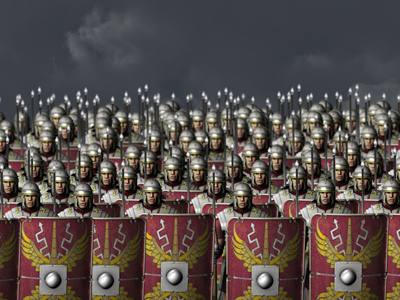
World War One Aftermath: League Of Nations: 1930s - The Abyssinia Crisis Of 1935-1936
The aftermath of World War One is amongst the topics studied in GCSE History and one aspect of it looked at is the League of Nations. This is the last of four quizzes on the subject and it looks specifically at how the League of Nations dealt with the Abyssinia Crisis.
Mussolini's Italy had long coveted Abyssinia, and in 1935 Italian forces invaded the territory, bringing about the Abyssinia Crisis. Italy had been badly affected by the international depression, and Mussolini was keen to take his people's minds off their economic woes.
See how much you know about how the League of Nations dealt with the Abyssinia Crisis, by playing this quiz.
Ready for more?
not all...
quizzers. Try to win a coveted spot on our Hall of Fame Page.







